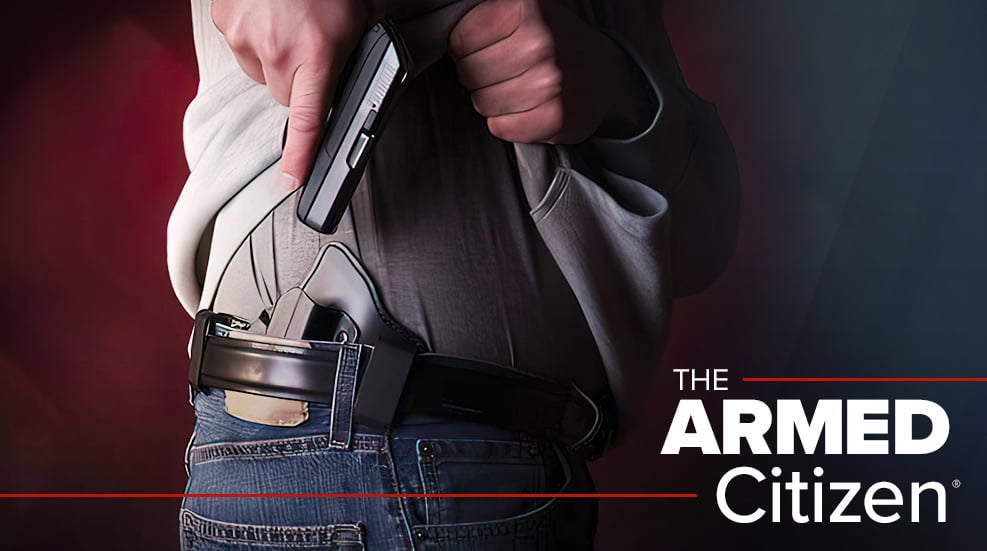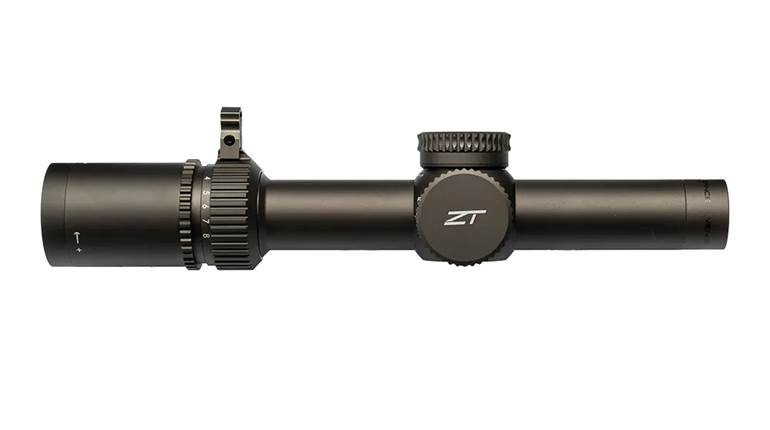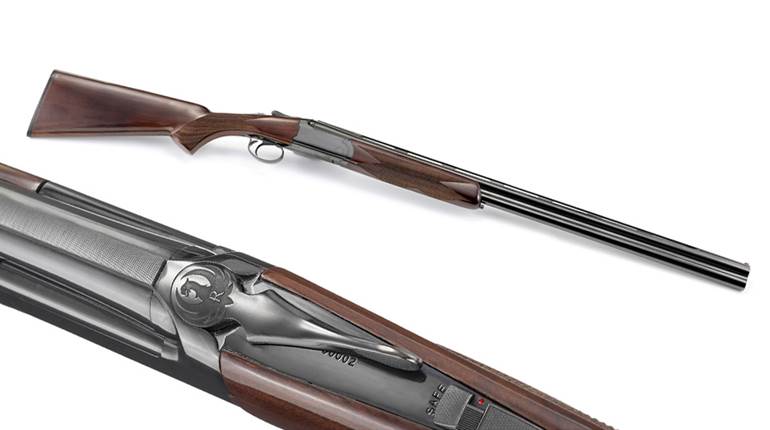
Several months ago, I invited the readership of this column to participate in what amounts to a debate. The subject was the status of the two most popular service pistol calibers—9 mm and .40 S&W—and how they compare, why they are chosen. The response was overwhelming and not only in numbers of participants, but also in the quality of their contributions. We heard from many shooters with a variety of carefully reasoned and clearly written comments on their feelings about these two rounds. I truly appreciate the effort that went into this and I hope that all readers who responded would be willing to do so again and on other topics. So, what did we learn?
First, it seems pretty clear that American shooters understand why the .40 S&W was conceived. Pure and simple, the primary intent was to provide law enforcement with a powerful medium-bore service cartridge that would fit into 9 mm-sized pistols. It was always more powerful than the 9 mm. Civilian shooters took to the new round with considerable enthusiasm. However, the range of comments from readers suggested to me that civilian pistol shooters still have some reservations about the .40. Recoil and muzzle blast are never pleasant to deal with and the .40 has plenty of both. Some guys actually dismiss the .40 as being too problematic (in the shooting sense) for everyone in the household to deal with. This was a far stronger belief than I would ever have predicted. While .40s don’t particularly bother me, if the buying public is actually acting on this belief, then that’s the way it is.
By default, the 9 mm is the next best thing. Everybody likes to do their fun shooting and even serious practicing as economically as possible. A quick price survey of available ammunition was very illuminating. Boxes of 9 mm ammo can often be found at close to half the price of .40 S&W. This means that people are really shooting their personal protection guns often enough that the cost of ammo is very important. This is sometimes true of shooters who carry guns on the job or teach shooting skills professionally. In effect, the popularity of 9 mm is at least partially because you can shoot a lot more for the same money. This reasoning cannot be faulted, because in crisis shooting, a hit with a 9 mm is superior to a miss with a .40. You need to shoot as much as possible in practice. But in the final analysis, there is no substitute for horsepower.












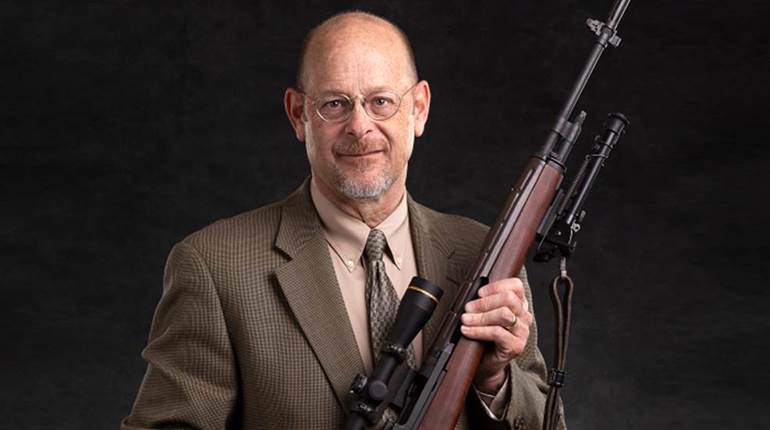
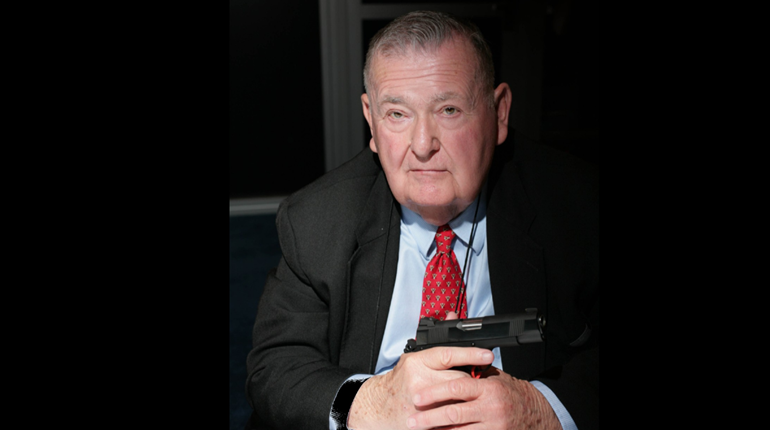
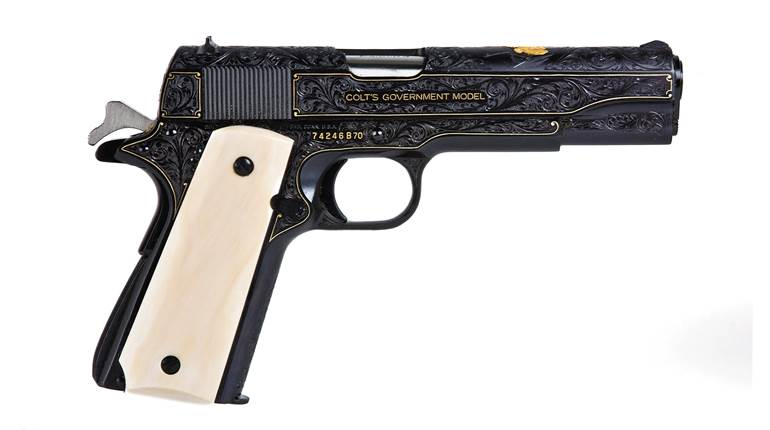
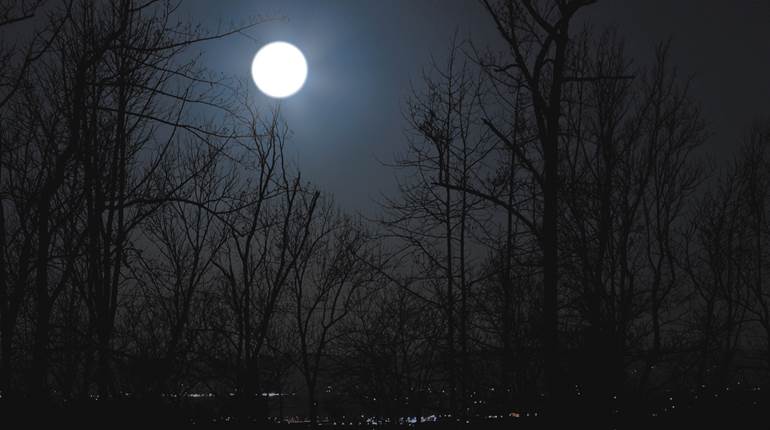

![Winchester Comm[94]](/media/1mleusmd/winchester-comm-94.jpg?anchor=center&mode=crop&width=770&height=430&rnd=134090756537800000&quality=60)
![Winchester Comm[94]](/media/1mleusmd/winchester-comm-94.jpg?anchor=center&mode=crop&width=150&height=150&rnd=134090756537800000&quality=60)







